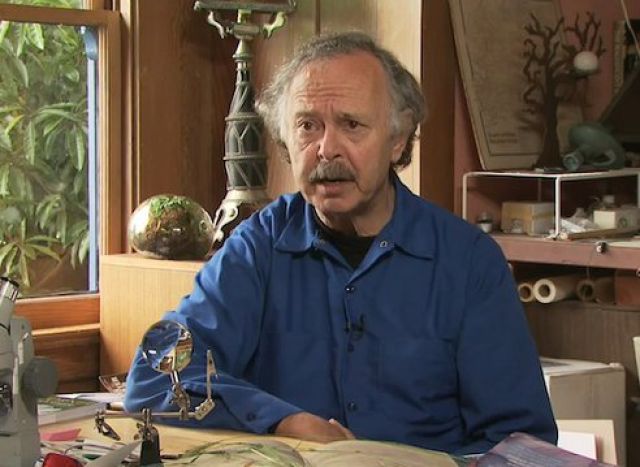
University of California professor Richard Muller publicly reversed his climate scepticism when he released the results of a climate study on July 29.
The report showed that climate change was occurring and caused by burning fossil fuels. His organisation, Berkeley Earth Surface Temperature (BEST), concluded that the Earth has warmed 1.5 degrees celsius over the past 250 years.
“I was not expecting this,” Muller said. “But as a scientist, I feel it is my duty to let the evidence change my mind.”
This is even more surprising given that the study was partly funded by the Koch brothers, right-wing billionaires who are also known for funding the climate-denying Heartland Institute.
The BEST study re-examined data from other studies while taking into account concerns raised by sceptics such as the “urban heat island effect, poor [weather] station quality, and the risk of data selection bias”.
BEST says it used data from “36,000 unique stations, which is about five times more than any other group” and this allowed them to “go about 100 years farther back in time than previous studies”.
The team found that alternative explanations for what causes climate change do not match the data as accurately as greenhouse gas emissions do. Muller said: “The Berkeley Earth team was able to conclude that over 250 years, the contribution of solar activity to global warming is negligible.”
Their study has not yet been peer-reviewed, but BEST has released all its data online and encouraged people to analyse it for themselves.
This study isn’t news to mainstream climate science. In the past two weeks, two incidents have shown how seriously the rate of climate change is developing.
On July 24, the Guardian said, “The Greenland ice sheet melted at a faster rate this month than at any other time in recorded history.”
This unprecedented melt happened within a few days. NASA reported on its website, “on July 8 about 40% of the ice sheet’s surface had melted. By July 12, 97% had melted.”
The pace was so quick that scientists at first questioned whether there was an error in the data.
NASA attributes this melt to an “unusually strong ridge of warm air, or a heat dome, over Greenland” that was present over July 8-16.
However, a glaciologist, Jason Box, said: "This is now the seventh summer in a row with this pattern of warm air being lifted up onto the ice sheet on the summer months. What is surprising is just how persistent this circulation anomaly is.”
Another remarkable incident occurring now is the rapid rate of decline of sea ice in the Arctic. Even with more than a month left of the melt season, this year now stands on par with the record melt season of 2007.
The Guardian reported on August 1 that “the region experienced its largest June sea ice loss in the satellite era, when about 1.1 million square miles of ice — equivalent to the combined land area of Alaska, California, Florida, and Texas, melted.”
Both events are consistent with climate change predictions and worrying for what it could mean for the future.
The melting of the Greenland ice sheet is a significant contributor to sea level rises. The loss of reflective sea ice in the Arctic raises the absorption of the sun’s heat by the ocean, which can cause more ice to melt and set off a feedback loop that is unpredictable.